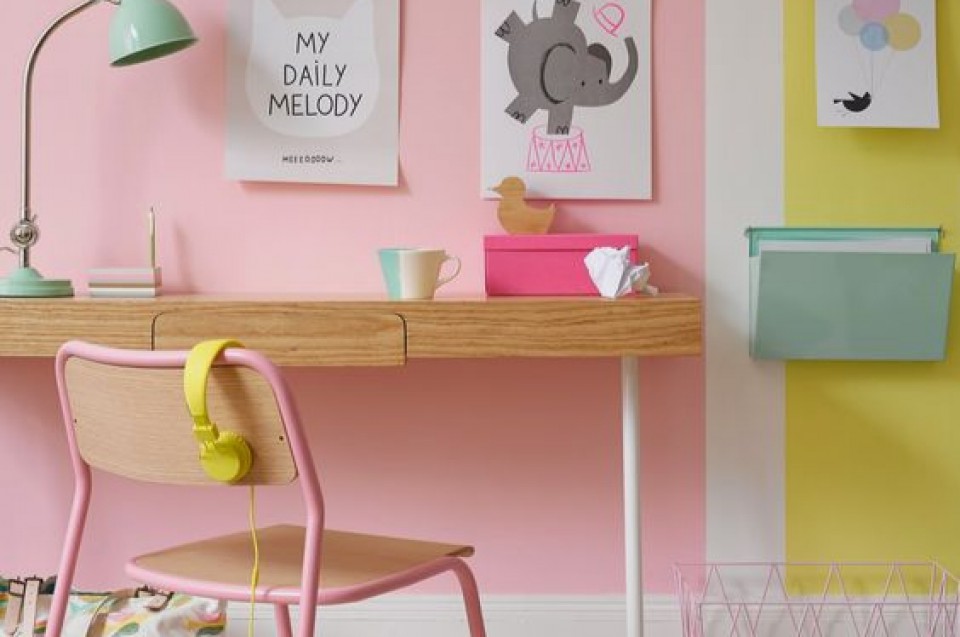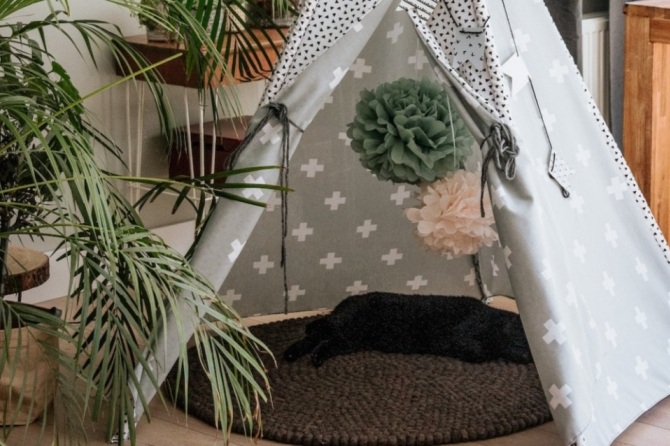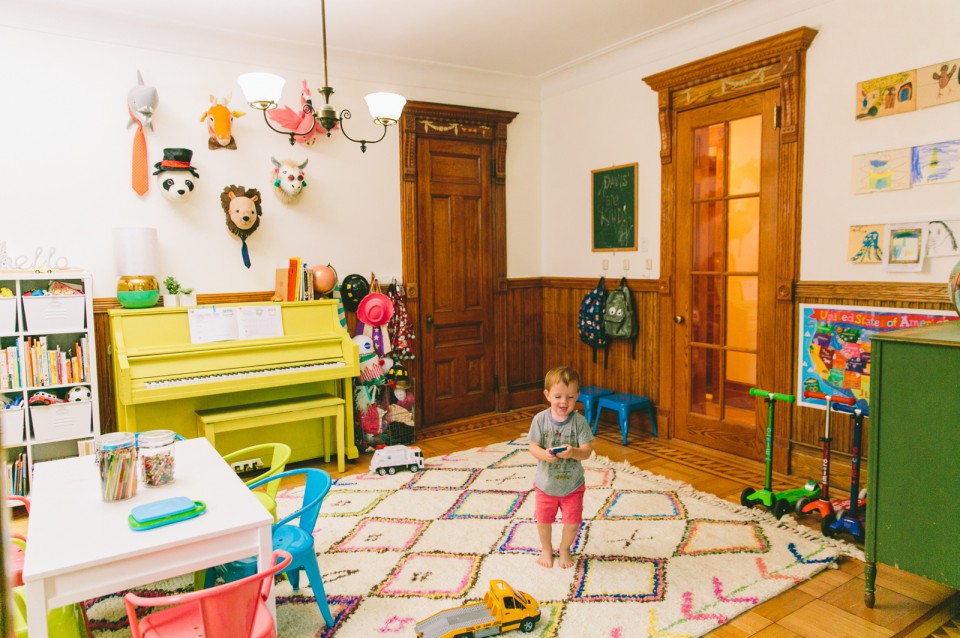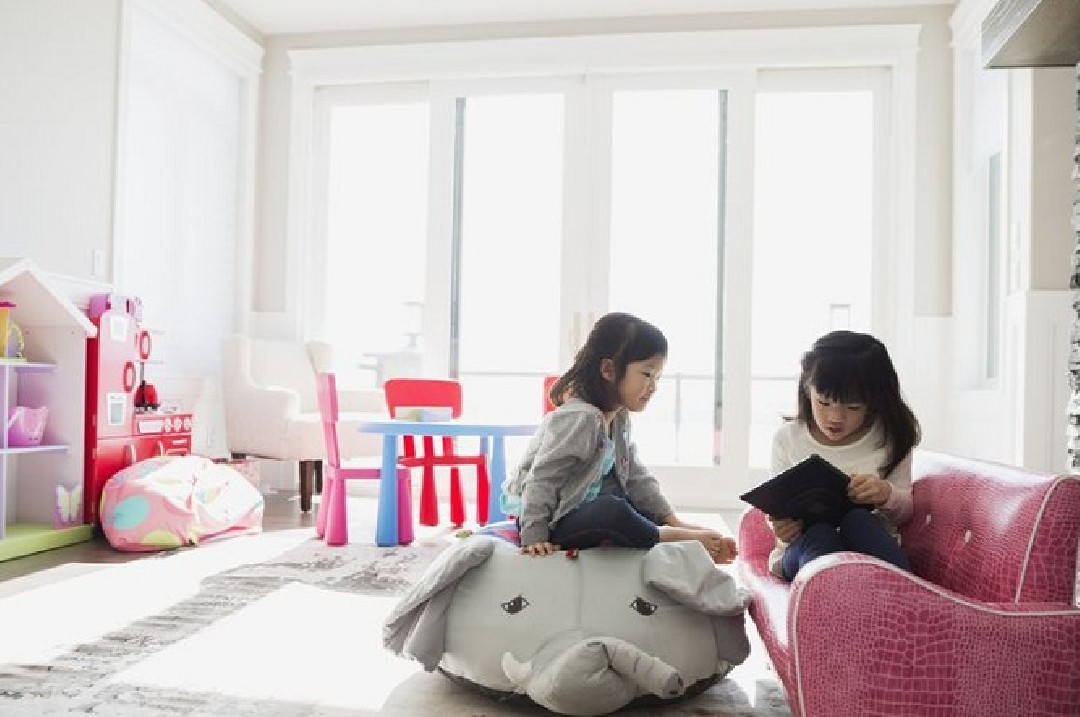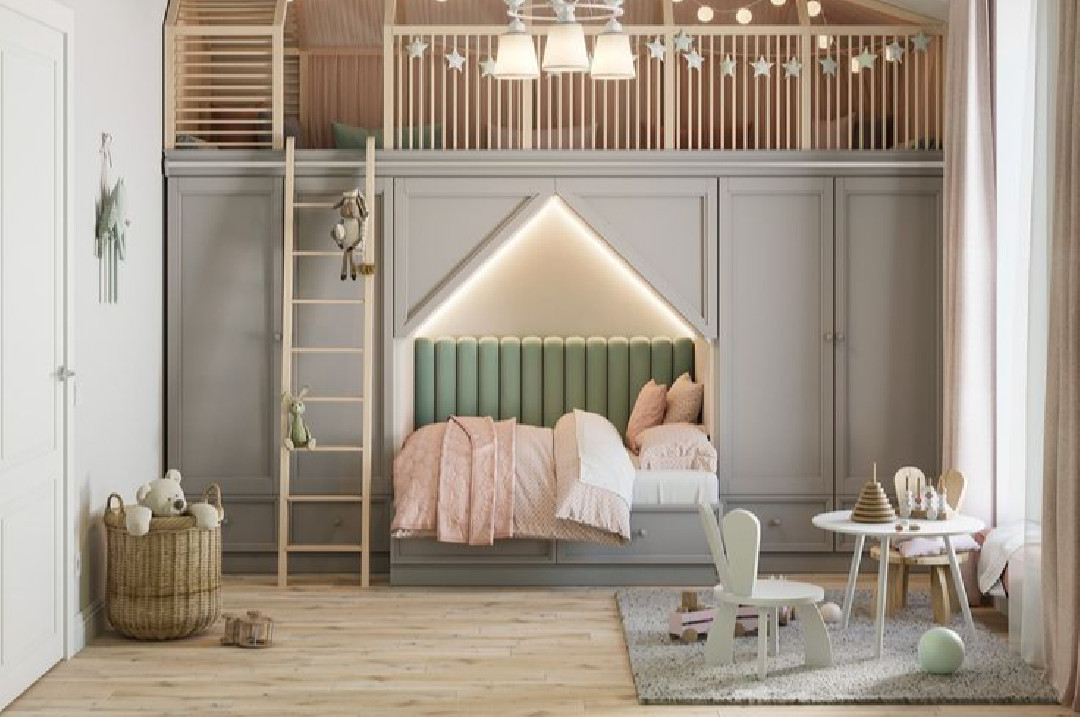Creative Children's Room Design Ideas to Help Children Grow and Learn
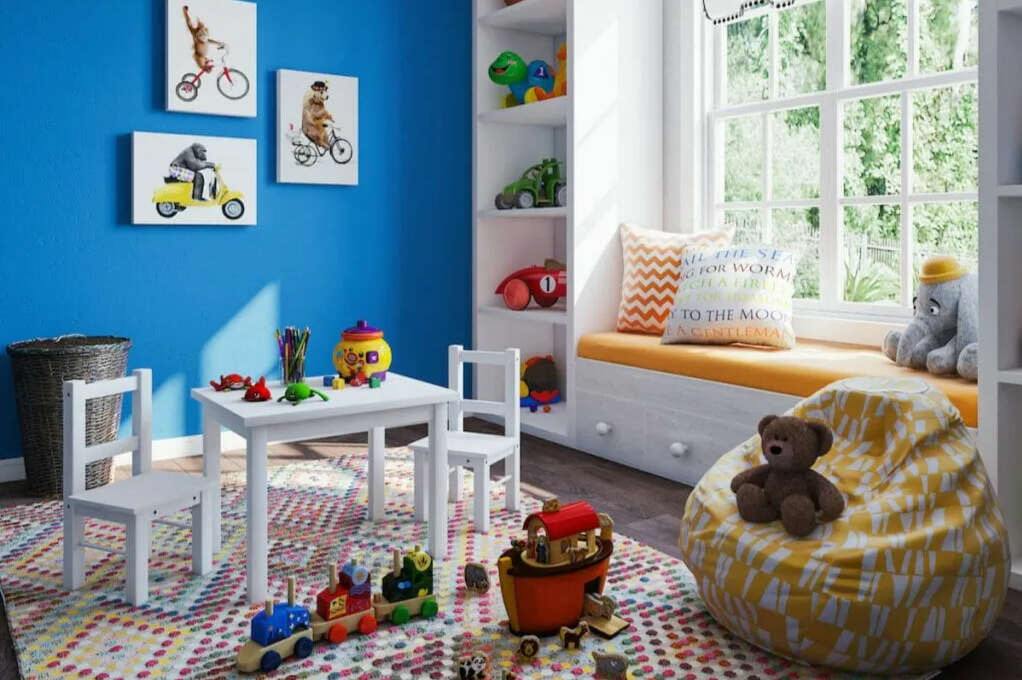
A Children's Room is More Than Just a Place to Sleep and Play – It's a vital environment for a child's growth and development. In this article, we'll explore some creative design ideas that can help your child grow and learn effectively. By considering specific elements in children's room design, you can create an environment that motivates children to learn, imagine, and thrive.
1. Choose an Engaging Theme

Choosing an engaging theme for the children's room can stimulate their imagination. Themes like outer space, adventures, or animals can provide an exciting context for learning. For instance, if your child is interested in outer space, decorate the walls with images of planets and stars, and provide books about astronomy.
2. Comfortable Learning Zone

Create a comfortable learning zone within the children's room. A suitable study table and ergonomic chair are important investments. Ensure the table has adequate lighting to reduce eye strain. Decorate this area with a whiteboard or pinboard to inspire creativity.
3. Captivating Bookshelves

Books are windows to the world of knowledge. Install easily accessible bookshelves on the walls to encourage your child's interest in reading. Arrange the books neatly and display attractive book covers. This will help your child feel inclined to explore the world of books.
4. Calming Colors

The choice of wall colors and furniture is also crucial. Opt for calming colors like light blue or pastel green that can help the child feel calm and focused. Avoid overly bright colors that can make the child overly excited and find it hard to concentrate.
5. Structured Play Area

In addition to the study zone, ensure there's a structured play area. Use a carpet or soft mat on the floor for this area. Learning-supportive toys like building blocks or puzzle games can be placed here. This provides your child with a space to play while developing cognitive and motor skills.
6. Creativity in Wall Decor

Let your child participate in decorating their walls. Ask them to draw pictures or create artwork that can be hung on the walls. This will give them a sense of ownership of their space and boost their confidence.
7. Personalize the Space

Finally, ensure the child's room reflects their interests and personality. Decorate with posters or items that reflect their hobbies. This will make them feel more connected to their space.
Creative children's room design is not only about aesthetics but also about creating an environment that stimulates a child's development. By considering these elements in children's room design, you can help your child grow and learn effectively while creating beautiful memories in the process. Remember, a child's room should be a safe, comfortable, and inspiring place.


